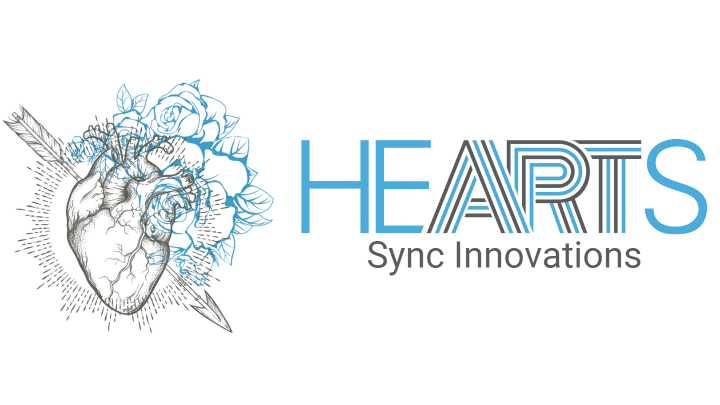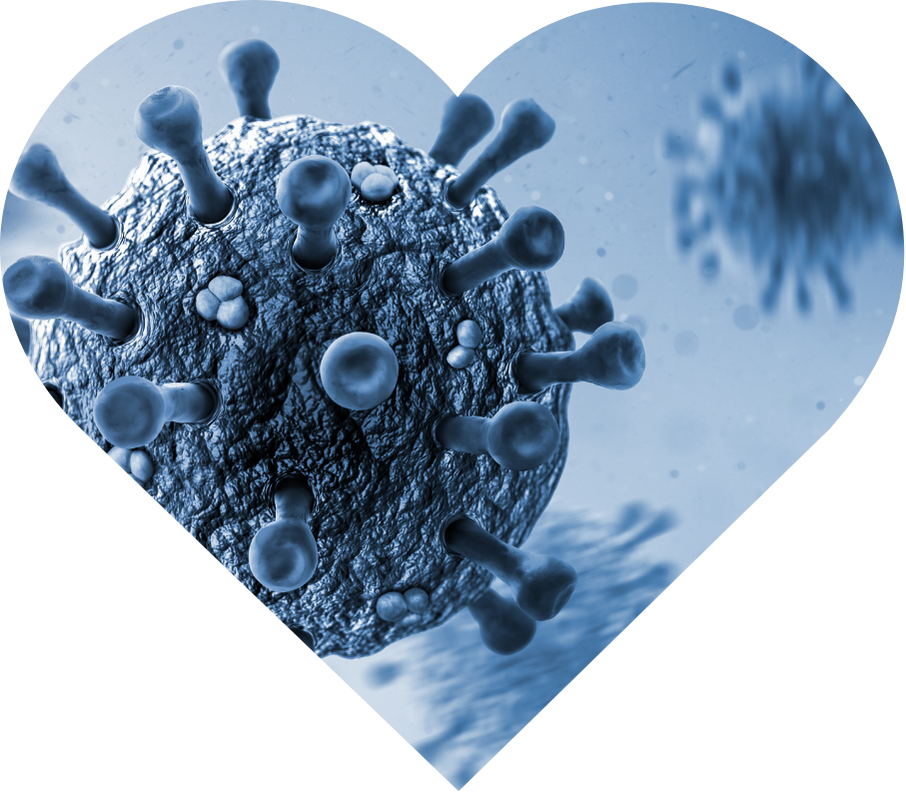Imagine 2035: Your health dashboard synchronizes sleep, training – and your personalized vaccination protection. An update in the fall not only reduces your risk of respiratory infections but also keeps you in the flow during the peak phase of your project. This future is closer than it sounds. Modern vaccines are not just "disease preventers," but precise training stimuli for your immune system – with direct effects on energy, performance, and longevity.
Vaccinations act like a rehearsal for the defense system: the body encounters a harmless replica of the pathogen and produces protective antibodiesproteins that specifically recognize and neutralize pathogens as well as T-cell responsesimmune cells that detect and eliminate infected cells. This "dry run" creates an immunological memoryfaster and stronger response upon re-exposure. For high performers, this is relevant because every avoided infection saves days to weeks of cognitive decline and training interruption. Respiratory viruses like SARS-CoV-2, RSV, and influenza are the major disruptors: they strain the lungs and cardiovascular system, increase inflammatory markers, and lower VO2maxa measure of maximum oxygen uptake and endurance performance. Modern vaccine platforms – such as mRNA – can also be seasonally adapted to new variantsaltered virus lines with different surface proteins. The logic is simple: the better the fit between the vaccine and the circulating variant, the higher the protective effect against severe cases.
The direct health dividend is most evident in severe cases. Current evidence demonstrates that seasonally adapted COVID-19 mRNA vaccines significantly reduce the risk of hospitalizations – a proxy for preventing complications, performance decline, and long-term consequences [1]. The same applies to influenza: hospitalization protection means fewer pneumonia cases, fewer cardiovascular events after flu, and a faster return to full performance [1]. For infants and older adults, RSV is particularly dangerous; maternal vaccinations (protection for newborns), monoclonal antibodies in infancy, and vaccines for seniors prevent severe cases to an extent that translates into real-life time and resilience [1]. Importantly, safety signals are closely monitored. Rare risks such as myocarditis after COVID vaccination in adolescent males are known and can be reduced by longer dosing intervals; certain RSV vaccines showed a small but measurable risk for Guillain-Barré in older adults – both sets of information enable a comprehensive, individualized benefit-risk assessment [1].
A large systematic review consolidated 511 studies on vaccines approved in the USA against COVID-19, RSV, and influenza, summarizing effectiveness and safety for the 2025/26 season [1]. In cohort and case-control analyses, COVID-19 mRNA vaccines adapted to XBB.1.5 showed substantial protection against hospitalizations; a case-control dataset for the more recent KP.2 adaptation demonstrated even higher effectiveness, underscoring the relevance of variant adaptation [1]. For RSV, data on three strategies – maternal vaccination, the monoclonal antibody Nirsevimab for infants, and senior vaccines – each demonstrated strong reductions in severe cases, with no indication of increased preterm birth in a recommended gestational window of 32–36 weeks [1]. For influenza, pooled effectiveness showed a clear reduction in hospitalizations for adults and an even higher effectiveness in children – indicating that early immune development throughout life is particularly robust [1]. Safety profiles and rare adverse events were consistently confirmed with previous assessments; this allows for informed, personalized planning across age groups and exposure risks.
- Plan your "vaccination quarter" like a training cycle: Check the current recommendations for COVID-19, influenza, and RSV vaccinations for your age and risk group in late summer; use official health reports and peer-reviewed updates to consider the variant of the season [1].
- Extend – in consultation with your doctor – the interval between COVID vaccine doses in adolescent males and young men to further reduce the already rare myocarditis risk without unnecessarily compromising efficacy [1].
- If you are expecting parents: Discuss maternal RSV vaccination in the 32–36 week window and learn about Nirsevimab for the newborn – both significantly reduce severe RSV cases [1].
- Link vaccinations to performance phases: Schedule the appointment 7–10 days before important competitions or presentations to allow local reactions and fatigue to subside; plan for 24–48 hours of light activity.
- Stay up to date: Subscribe to one or two quality-assured newsletters (e.g., from professional societies) and check seasonal evidence updates on effectiveness against hospitalizations – this sharpens your decision for variant-adapted vaccines [1].
Vaccinations are a strategic tool for health and high performance: fewer severe infections, faster recovery, more stable energy. Check the seasonal recommendations now, plan your immune cycle in the calendar, and make informed decisions based on current evidence – the best protection works before you need it.
This health article was created with AI support and is intended to help people access current scientific health knowledge. It contributes to the democratization of science – however, it does not replace professional medical advice and may present individual details in a simplified or slightly inaccurate manner due to AI-generated content. HEARTPORT and its affiliates assume no liability for the accuracy, completeness, or applicability of the information provided.












